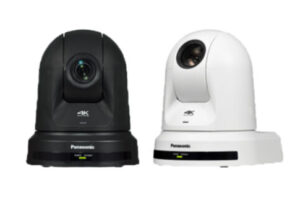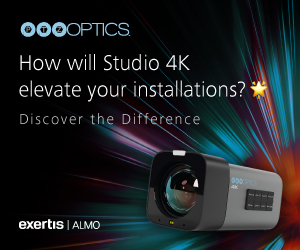Top Outdoor AV Solutions for 2025: A Resellers Guide
Outdoor Displays
Peerless-AV 55″ Xtreme™ High Bright Outdoor Display, Gen 4.1
Peerless-AV’s 55″ Xtreme™ High Bright Outdoor Display is designed to withstand the harshest outdoor conditions while delivering stunning visuals. With a brightness level of 2500 nits, this display ensures clear visibility even in direct sunlight. Its weatherproof design protects against rain, snow, and dust, making it ideal for outdoor advertising, digital signage, and entertainment.
Key Features:
- 2500 nits brightness
- Weatherproof design (IP68 rated)
- Anti-reflective and impact-resistant cover glass
- Operating temperature range: -31°F to 140°F

Outdoor Audio
Bose Pro S1 Pro+ Wireless PA System
The Bose Pro S1 Pro+ Wireless PA System is a versatile and portable audio solution perfect for outdoor events. With Bluetooth connectivity, built-in sensors for optimal sound, and a rechargeable battery, this system offers high-quality audio performance in any outdoor setting.
Key Features:
- Bluetooth streaming

- Rechargeable battery with up to 11 hours of playtime
- Auto EQ adjusts sound based on placement
- Lightweight and portable design
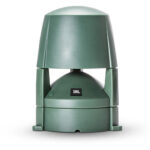 JBL Control 85M Landscape Speaker: Ideal for blending into outdoor environments while providing excellent sound coverage.
JBL Control 85M Landscape Speaker: Ideal for blending into outdoor environments while providing excellent sound coverage.
Electro-Voice Evolve 50M Portable Powered Column System: Offers superior sound quality and portability for outdoor events.
Yamaha VS6 Surface Mount Speaker: Durable and weather-resistant, perfect for outdoor installations.
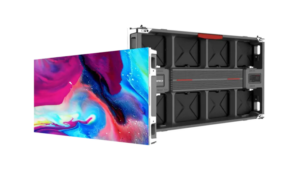 Outdoor DVLED
Outdoor DVLED
Planar’s MGS Series Outdoor LED displays are designed for high-impact outdoor installations. With their robust construction and high brightness levels, these displays are perfect for large-scale outdoor advertising and digital signage.
Key Features:
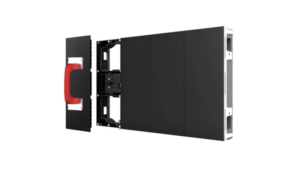 High brightness for visibility in daylight
High brightness for visibility in daylight- Weather-resistant design
- Flexible installation options
- Long lifespan and low maintenance
Outdoor Kiosks and Mounts
 The Chief Impact Outdoor Kiosk by Legrand is a durable and versatile solution for outdoor digital signage and interactive displays. Its sleek design and robust construction make it suitable for various outdoor environments, from parks to shopping centers.
The Chief Impact Outdoor Kiosk by Legrand is a durable and versatile solution for outdoor digital signage and interactive displays. Its sleek design and robust construction make it suitable for various outdoor environments, from parks to shopping centers.
Key Features:
- Weather-resistant enclosure
- Easy installation and maintenance
- Compatible with various display sizes
- Secure and tamper-proof design
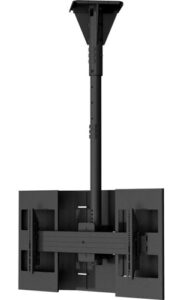 Chief OLC Mounting Kit: Ideal for ceiling and pedestal mounted displays in outdoor settings with varying installation requirements.
Chief OLC Mounting Kit: Ideal for ceiling and pedestal mounted displays in outdoor settings with varying installation requirements.
Conclusion
As outdoor AV solutions continue to evolve, resellers and integrators must stay informed about the latest products to meet their customers’ needs. The products highlighted in this guide offer reliable performance, durability, and versatility for various outdoor applications. By incorporating these top outdoor AV solutions into your offerings, you can ensure your customers have access to the best technology available in 2025.
Feel free to reach out to your sales representative or an Exertis Almo BDM for more information, or to discuss how these products can enhance your outdoor AV projects.
Want to know more? Check out one of our other blogs on outdoor AV:

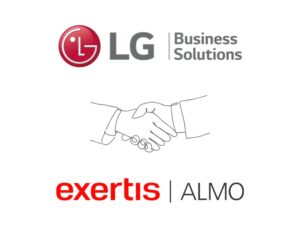 Not all manufacturers are created equal. Sure, there are plenty of Direct View LED options out there, but if you go with a brand that lacks strong service and support, you could be stuck with a very expensive problem and no clear path to fix it.
Not all manufacturers are created equal. Sure, there are plenty of Direct View LED options out there, but if you go with a brand that lacks strong service and support, you could be stuck with a very expensive problem and no clear path to fix it. That’s where LG’s Total Care Solution comes in. Designed to provide routine maintenance and preventive care, this program helps tackle challenges before they arise:
That’s where LG’s Total Care Solution comes in. Designed to provide routine maintenance and preventive care, this program helps tackle challenges before they arise: For government and public sector applications, displays aren’t just for show—they’re mission-critical. Whether it’s an emergency operations center, a military command hub, or a transportation control room, public sector displays must work, no matter what.
For government and public sector applications, displays aren’t just for show—they’re mission-critical. Whether it’s an emergency operations center, a military command hub, or a transportation control room, public sector displays must work, no matter what.
 From there we were greeted with a personalized surprise – the huge Samsung video wall in the lobby had been customized to welcome the Exertis Almo team to the Experience Center!
From there we were greeted with a personalized surprise – the huge Samsung video wall in the lobby had been customized to welcome the Exertis Almo team to the Experience Center!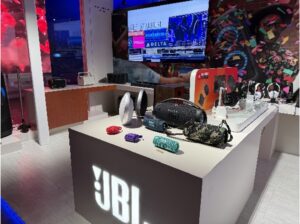 Soundcraft mixer so that you could easily switch between the different models – a very enlightening experience for a mic nerd like myself!
Soundcraft mixer so that you could easily switch between the different models – a very enlightening experience for a mic nerd like myself!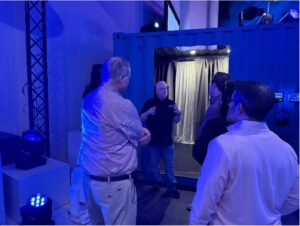 But all of this was just an introduction to the main hall, where JBL loudspeakers, Crown amplifiers, BSS and dbx signal processors, AMX control and video products, and Martin lighting were on full display. Harman has put a lot of effort into this room, and they make it easy to demo, see, and A/B their installed product lineups. Tewks led us though the experience, explaining the differences between the various Crown amplifier series, discussing and demoing the multitude of JBL ceiling and wall-mounted loudspeakers and explaining fun stuff like speaker waveguides.
But all of this was just an introduction to the main hall, where JBL loudspeakers, Crown amplifiers, BSS and dbx signal processors, AMX control and video products, and Martin lighting were on full display. Harman has put a lot of effort into this room, and they make it easy to demo, see, and A/B their installed product lineups. Tewks led us though the experience, explaining the differences between the various Crown amplifier series, discussing and demoing the multitude of JBL ceiling and wall-mounted loudspeakers and explaining fun stuff like speaker waveguides.
 On the other wall, at a relatively safe distance, were JBL’s line array speakers flown from the ceiling. The SRX, VRX, and VTX-series line array speakers are JBL’s flagship offerings for large venues, and its not everyday you get to hear this level of performance in a private setting. The folks at Harman very cleverly configured the line array demo to start at the push of a big red button – our own Brent Dowler got to do the honors. After the button was pushed, the lights went down and the show started.
On the other wall, at a relatively safe distance, were JBL’s line array speakers flown from the ceiling. The SRX, VRX, and VTX-series line array speakers are JBL’s flagship offerings for large venues, and its not everyday you get to hear this level of performance in a private setting. The folks at Harman very cleverly configured the line array demo to start at the push of a big red button – our own Brent Dowler got to do the honors. After the button was pushed, the lights went down and the show started.
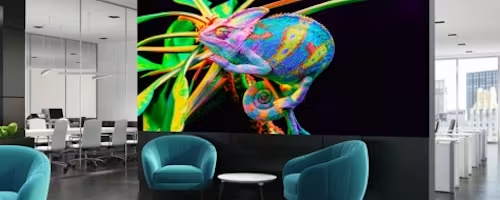 First, the average sales price (ASP) for DVLED is comparatively higher than technology such as large format displays (LFD), projectors, and audio. This fact alone immediately has a greater impact on cash flow. Obviously, $10,000 is an easier balance to float for a couple of months than $100,000. So, it is crucial that the balance doesn’t sit on the books for too long and risks impeding an integrator’s ability to pay other scheduled bills.
First, the average sales price (ASP) for DVLED is comparatively higher than technology such as large format displays (LFD), projectors, and audio. This fact alone immediately has a greater impact on cash flow. Obviously, $10,000 is an easier balance to float for a couple of months than $100,000. So, it is crucial that the balance doesn’t sit on the books for too long and risks impeding an integrator’s ability to pay other scheduled bills.



 The Trade Agreements Act (TAA) was enacted to encourage fair and open international trade, but in practice it has implemented the requirement that the US government may only acquire US- or “designated end country”-made end products.
The Trade Agreements Act (TAA) was enacted to encourage fair and open international trade, but in practice it has implemented the requirement that the US government may only acquire US- or “designated end country”-made end products.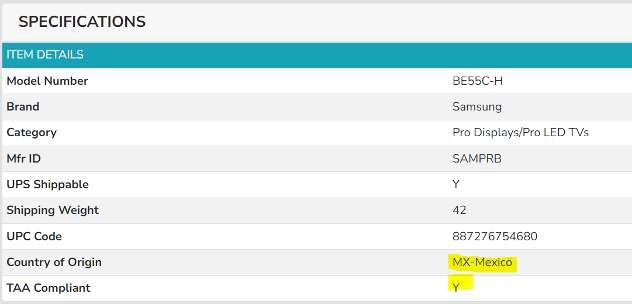
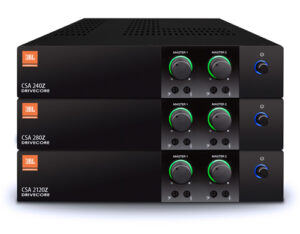
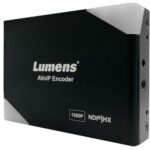 AV OVER IP ENCODERS/DECODERS
AV OVER IP ENCODERS/DECODERS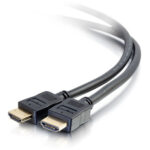 CABLES
CABLES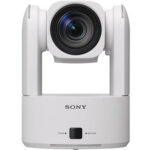 CAMERAS
CAMERAS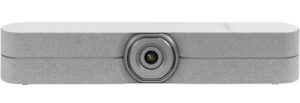 CONFERENCING
CONFERENCING CONTROL
CONTROL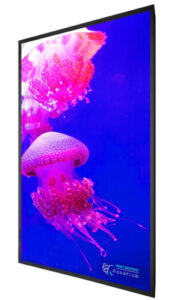 AMX
AMX 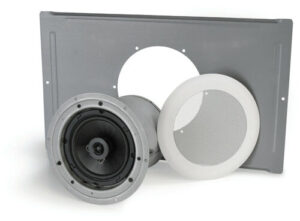 Atlas
Atlas  MOUNTS
MOUNTS DIGITAL SIGNAGE
DIGITAL SIGNAGE AMX
AMX  But it’s not just about the games — there’s a long list of audiovisual technology that helps bring these epic events to life. Let’s take a deeper dive into the world of Esports and discuss how AV solutions are driving this industry.
But it’s not just about the games — there’s a long list of audiovisual technology that helps bring these epic events to life. Let’s take a deeper dive into the world of Esports and discuss how AV solutions are driving this industry. Panasonic’s
Panasonic’s 